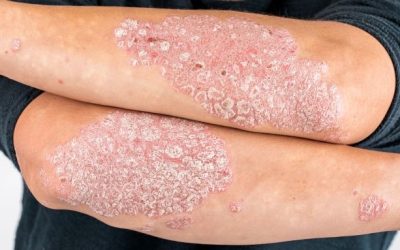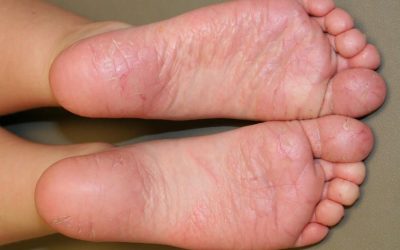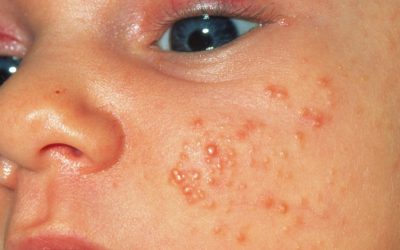Geographic Tongue: Causes, Symptoms, and Treatment Options

Geographic tongue (also known as benign migratory glossitis) is a benign inflammatory oral disease characterized by the loss of cells of the surface layer of the tongue in its dorsal part.
- Characteristic of 1-3% of the population in the world
- Children are rarely affected, and women are twice as often affected as men
- The exact cause of the disease remains unknown, but it has been observed that it occurs significantly more often in patients who suffer from psoriasis or various allergic and immune system diseases
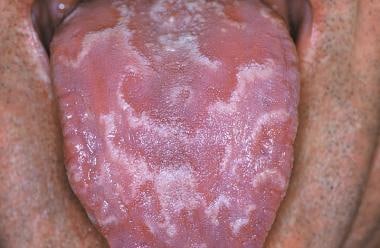
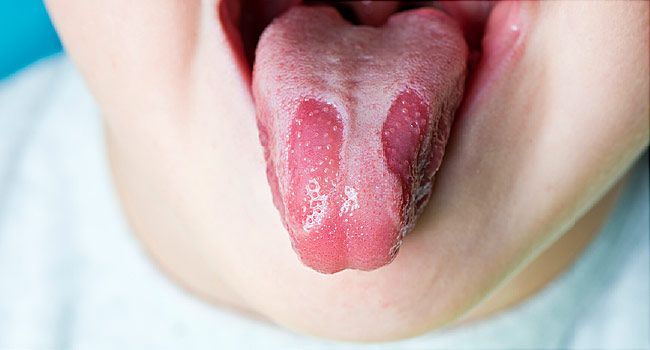
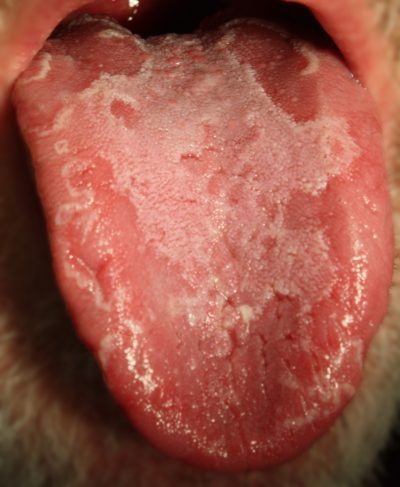
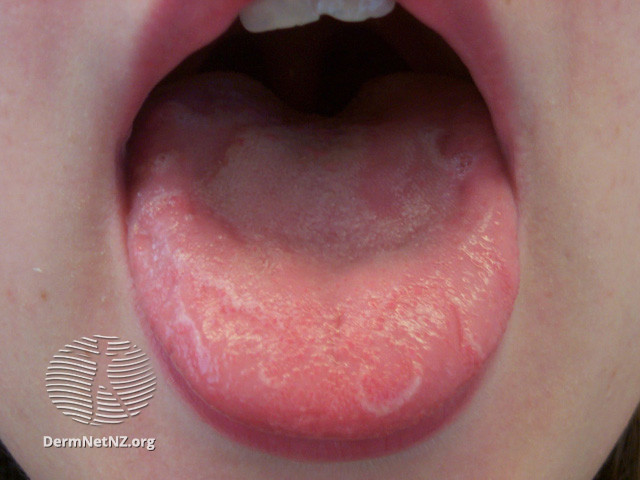
Clinical Signs
Geographic tongue is characterized by:
- irregularly shaped, red, map-like, smooth or swollen spots surrounded by white lines
- can appear suddenly, persist for months or even longer, and later recur
There are often no other obvious symptoms, except that in some cases there may be burning or irritation sensations, especially when eating spicy, hot or sour foods.
Data from the patient’s interview and examination are usually sufficient to establish the diagnosis. If additional laboratory tests are performed, their results are usually normal.
Treatment
There is no specific treatment for geographic tongue. The main measure to reduce the feeling of discomfort is to avoid hot, spicy, acidic food. During the consultation, the doctor can personally draw up a general treatment plan aimed at reducing specific symptoms that are bothering the patient.
The following can be used for this:
- local anesthetics
- topically applied hormones or other drugs
- antihistamine or anesthetic mouthwashes

Psoriasis
A common, chronic, inflammatory, recurring skin disease that affects 2-3% of the population. Psoriasis can start at any age, and is most often found in adults.
Juvenile plantar dermatosis
a disease characterized by localized damage to the feet. JPD usually occurs in children between the ages of 3 and 14 who are prone to atopy or have atopic dermatitis
Skin Conditions in Newborns: Causes, Symptoms, and Care Tips
Skin conditions like rashes, eczema, and cradle cap are common in newborns. Proper skin care is essential for managing and preventing these issues. Learn how to care for your baby’s delicate skin and address common skin conditions effectively.
iDerma
MB iDerma
Fabijoniškių g. 99, Vilnius
+370 670 70822
[email protected]


